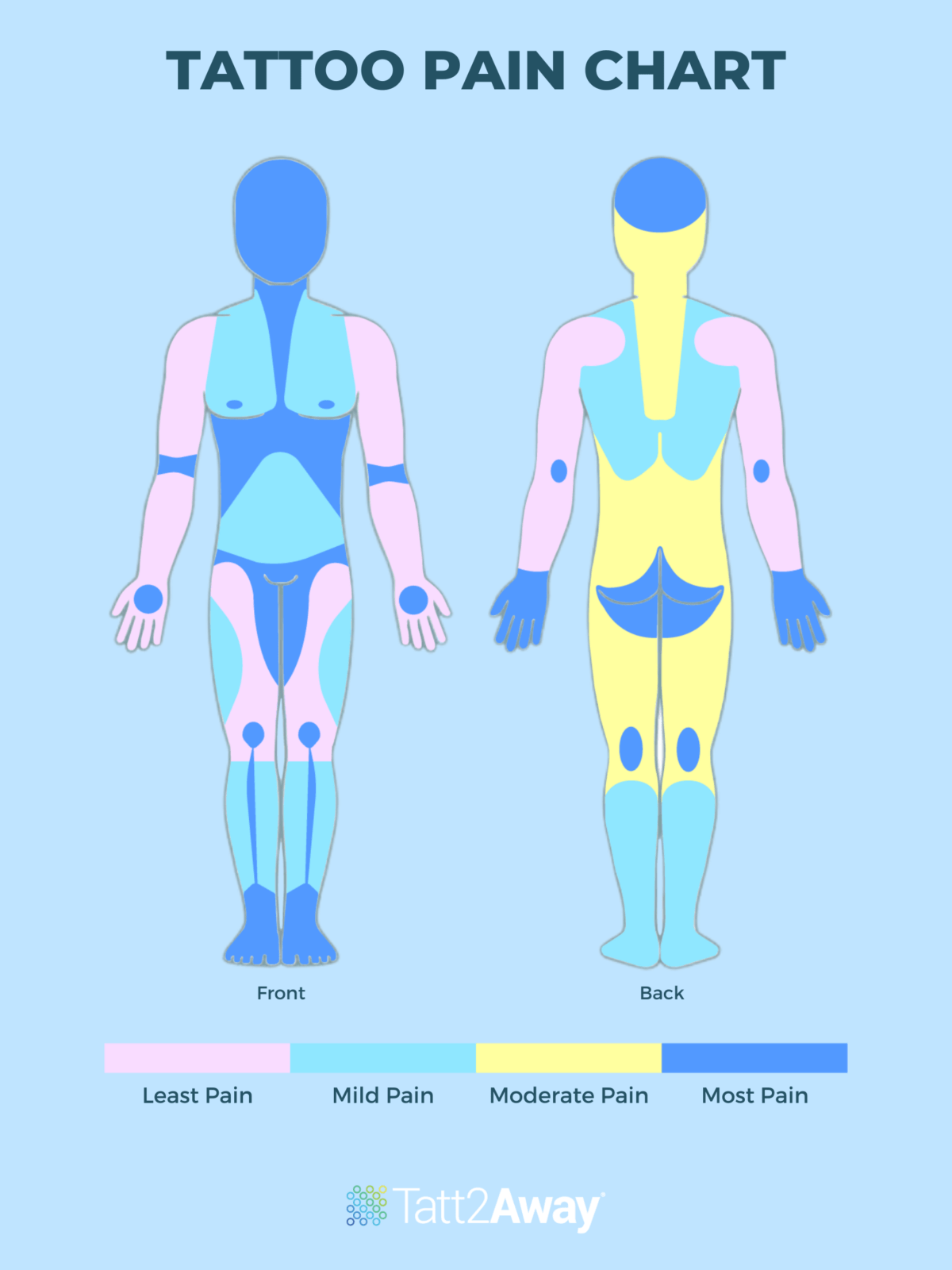
Hey, you thinking about getting inked?
Specifically, are you eyeing a sunflower tattoo?
Cool! But I bet you’re wondering, "Are sunflower tattoos expensive compared to other designs?"
That’s a legit concern, and I’m here to break it down for you.
Let’s ditch the fluff and get real.
Sunflower Tattoo Costs: The Real Deal
Okay, so here’s the thing: tattoo pricing isn’t an exact science.
It’s more like a weird art form mixed with business.
There are a bunch of factors that influence how much your sunflower tattoo will set you back.
What Affects the Price of Your Sunflower Tattoo?
-
Size Matters (Duh!): A tiny sunflower on your wrist? Cheaper. A massive one spanning your back? Expect to pay more. Think about the surface area!
-
Detail, Detail, Detail: Intricate shading, realistic petals, maybe even a bee buzzing around? All that adds to the artist’s time and skill, which translates to a higher price.
-
Color vs. Black and Gray: Color tattoos generally cost more because they require more ink, more time, and often more expertise.
-
Artist’s Reputation: A seasoned artist with a stellar portfolio is going to charge more than someone just starting out. You’re paying for experience!
-
Location, Location, Location: Tattoo shops in big cities or trendy areas often have higher rates. It’s just the cost of doing business, you know?
-
Shop Minimums: Most shops have a minimum charge, even for the smallest tattoo. It covers their setup costs and ensures they make a little something.
Sunflower Tattoo: How Does it Compare?
So, are sunflower tattoos expensive compared to other designs?
Well, it depends.
A simple, small sunflower tattoo might be similar in price to a simple, small geometric design or a basic quote.
However, a large, detailed, full-color sunflower could be more expensive than a similarly sized and detailed tribal design or a black and gray portrait.
It really boils down to the specific design elements.
Let’s say you’re comparing a realistic sunflower to a traditional nautical star.
The sunflower, with its complex petal structure and potential for shading, will likely take more time and skill, making it potentially pricier.
Tips for Saving Money on Your Sunflower Tattoo
Alright, so you’re on a budget, I get it.
Here’s how to potentially save some cash without sacrificing quality:
-
Simplify the Design: Opt for a less detailed sunflower. A more minimalist approach can still be beautiful and impactful.
-
Go Black and Gray: Ditching the color can significantly reduce the price. Black and gray sunflowers can look incredibly elegant.
-
Choose the Right Location: Smaller, less visible areas (like your ankle) might be cheaper than larger, more prominent areas (like your ribcage).
-
Shop Around (But Don’t Be Too Cheap): Get quotes from a few different artists. But remember, you get what you pay for. Don’t sacrifice quality for a bargain-basement price.
-
Consider the Off-Season: Tattoo shops might offer discounts during slower periods. It’s worth asking!
My Personal Experience (Briefly)
I once got a small, simple sunflower tattoo on my wrist.
It was black and gray, and the artist had a reasonable hourly rate.
It was definitely more affordable than the full-color, detailed piece I had planned for my shoulder!
Finding the Right Artist
The most important thing is to find an artist whose style you love and who has experience with the type of sunflower tattoo you want.
Check out their portfolio, read reviews, and talk to them about your vision.
A good artist will be able to give you an accurate estimate and work with you to create a beautiful tattoo that fits your budget.
FAQ: Sunflower Tattoo Edition
-
Q: Are line art sunflower tattoos cheaper?
A: Usually, yes. Line art requires less shading and color, making it quicker and often more affordable.
-
Q: How much does a small sunflower tattoo typically cost?
A: It can range from $50 (shop minimum) to $200, depending on the shop and artist.
-
Q: Will a watercolor sunflower tattoo be more expensive?
A: Potentially. Watercolor tattoos require a specific skill set, and not all artists are proficient in this style.
-
Q: Does the placement of the tattoo affect the price?
A: Yes. Areas that are more difficult to tattoo (like ribs or feet) may cost more.
-
Q: What’s the best way to get an accurate price estimate?
A: Contact the artist directly with a detailed description of your desired tattoo (size, color, placement) and ask for a consultation.
Ultimately, determining if sunflower tattoos are expensive compared to other designs depends on the specifics.


